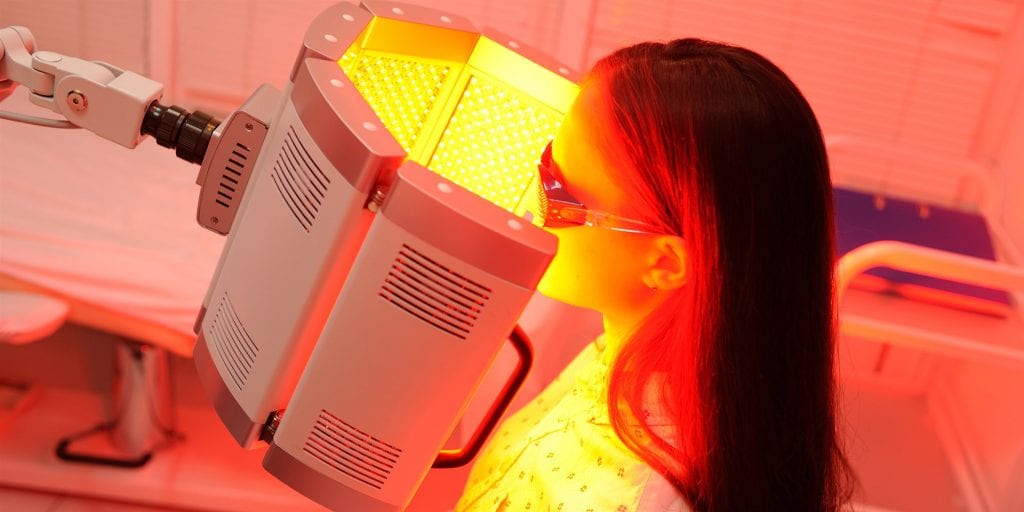How do slot machines work? Return vs payback. There is no such thing as a ‘loose’ or ‘tight’ slot machine. In modern casinos, slot machines are programmed to deliver a precise return percentage, somewhere around 95 per cent. That means 95 per cent of the money that goes into a slot machine is paid back out to the players and the casino. Jennings, another early slot machine manufacturer, was originally created to refurbish Mills machines. In the 1930s, Bally also began manufacturing slot machines and still does today. Because of similarities in design, the process of repairing old mechanical slots is similar among all brands. The two slots machines operate differently. The Class II slot machines are common in slots parlors. They are attached to Native American Casinos or horse racing tracks. Owing to improved tech tools, Class II slot machines have become more sophisticated. So much so that casual punters have a hard time telling them apart from Class III slot machines.
The name “Penny Slot” is something of a misnomer. Most people who don't know better might assume that a penny slot costs a penny to play but that's not the case. For decades, the most popular slot machines in U.S. casinos were nickel slot machines. In the late 1960s, Bally Manufacturing developed an innovative machine called the Money Honey, a penny slot that could be played for up to five coins simultaneously. These multi-line machines that accepted multiple coins per line were a hit with players—despite the fact that they were playing more per pull of the one-armed bandit's handle.
The New Penny Slots Offer Extra at a Price
The new penny slot games offer their fair share of electronic excitement with such features as theme songs from popular game shows and movies, bonus screens, and special mystery payoffs. However, all of these extras come at a cost. The most popular games from the Japanese video conglomerate Konami including 'Race Driver' and 'Beat the Field' require a minimum of 50 coins amounting to a dollar per spin. Several other manufacturers have games with up to 16 lines that require up to 100 coins per spin—totaling a whopping 1,600 pennies.
While slot manufacturer IGT offers a penny version of its popular 'Megabucks' game that can be played for just a few pennies, for the standard 'Megabucks' machine, which is a $1 variety, the player must play three coins per spin, or $3. On the new 'Penny Megabucks,' the player is required to play the maximum of 300 coins per spin, so the price is the same.
How Do Slot Machines Work Video
The Odds Are With The House
These machines are built to be both fun and addictive. They require a minimum number of coins/lines to qualify for the bonus screens (where the bulk of the payoffs are made). Players must make sure to play enough coins/lines to get the payoff when a bonus hits.

For someone to play a 25-cent video poker game, they'll have to play five coins in order to qualify for a 4,000-coin royal flush. That's $1.25 per spin for a chance to win $1,000. On most penny slots offering payoffs of bronze, silver, and gold, the big payoff is much harder to win than the 45,000-to-1 odds on a video poker game. Plus, the player will likely risk $2.50 to $5 per spin to win it. That adds up.
The Psychology of Small Payoffs
Human beings are creatures of habit and thanks to the lure of instant gratification are prone to gamble. When players consistently receive small payoffs, psychology kicks in. The mind tricks itself into believing, 'Great, I'm winning,' when in reality, the player's initial deposit is usually being frittered away to nothing.
Penny slots have the kind of high hit frequency that ropes players in. As fun and exciting as the promise of winning may be, most of the time, the payoff is actually less than the initial wager on a spin. In other words, the bells and whistles go off on a regular basis but for small payoffs. For example, a player might risk something like 100 coins and only get a payoff of 18 coins.
Play Responsibly
How Do Penny Slot Machines Work
The main issue with gambling in general—and penny slots, in particular—is that as a player, you mustn't forget that your personal bankroll is considerably smaller than that of the casino. Bear in mind that if you budget $200 for a trip to a particular casino where playing a penny slot takes 250 coins per spin, you won't get nearly enough spins to make a dent in the long-odds of hitting a substantial jackpot before your bankroll is exhausted.
Fast Facts: Tips for Newbie Penny Slot Players
Understanding How Slot Machines Work
As with any form of gambling, playing the penny slot machines should be approached with caution.
- Start by choosing just a few lines or just a single coin per spin.
- It's not recommended for players to automatically hit the maximum spin button.
- Read the help screen to find out how many coins it takes to have a bet on all the lines so you can better decide how many coins and credits to risk per spin.
Overall, players should enjoy their slot play, but never forget that gambling is gambling—especially on penny slots. A handful of pennies is still a dollar per spin. If you're playing more per spin, you'll bust-out fairly often—and it can happen very quickly.